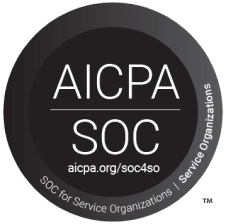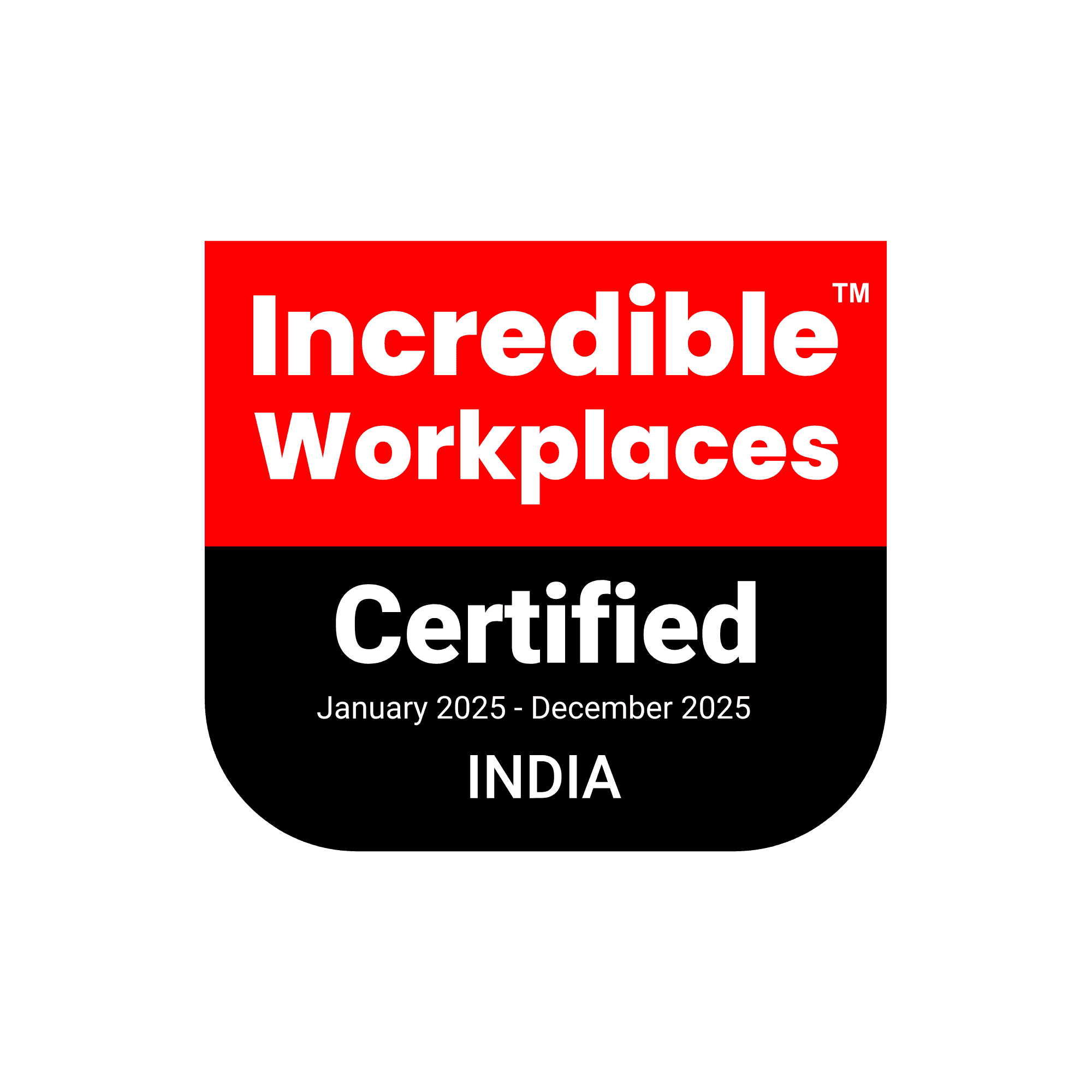Vendor Risk Monitoring: Best Practices for Effective Management
Stay in the know
Get the latest news & insights straight to your inbox.

Vendor Risk Monitoring: Best Practices for Effective Management
In an increasingly interconnected business landscape, organizations must prioritize vendor risk monitoring to protect their operations and maintain compliance. Vendor risk monitoring involves the ongoing assessment of third-party relationships to identify potential vulnerabilities and ensure that vendors adhere to regulatory standards. As businesses rely more on external partners, understanding and implementing effective vendor risk monitoring strategies is essential for long-term success.
What is Vendor Risk Monitoring?
Vendor risk monitoring is the continuous process of evaluating the risks associated with third-party vendors. This multifaceted approach encompasses various factors beyond just financial stability. It includes assessing cybersecurity threats, compliance with regulations, operational performance, and the overall reliability of vendors. Effective vendor risk monitoring helps organizations identify issues before they escalate, ensuring that vendor relationships remain beneficial and compliant.
Vendor risk monitoring typically involves gathering data from various sources and employing advanced analytics to assess vendor performance continually. This can include monitoring financial health indicators, compliance with industry regulations, and tracking any relevant news or developments that may impact vendor reliability. Organizations that implement comprehensive vendor risk monitoring are better equipped to mitigate potential risks and maintain strong vendor relationships.
Importance of Continuous Monitoring for Vendor Risk Management
Continuous monitoring for vendor risk management is crucial for several reasons:
Dynamic Risk Environment: The risk landscape is constantly evolving, with new threats emerging regularly. Continuous monitoring allows organizations to stay updated on changes in their vendors' risk profiles, enabling timely responses to potential issues. For instance, a vendor may face a cybersecurity breach, which could compromise sensitive data. By continuously monitoring their performance, organizations can identify such incidents swiftly and take appropriate action.
Regulatory Compliance: Many industries are subject to strict regulations, such as the Gramm-Leach-Bliley Act (GLBA), which mandates robust vendor risk management practices. For high-risk GLBA vendors, implementing a recommended monitoring program is essential to ensure compliance and mitigate regulatory risks. Non-compliance can result in severe penalties, including fines and reputational damage. By actively monitoring vendor compliance, organizations can ensure adherence to relevant regulations and avoid costly repercussions.
Protecting Reputation: Vendor-related incidents, such as data breaches or service failures, can severely impact an organization’s reputation. Ongoing vendor risk monitoring helps identify potential issues before they escalate, allowing for timely intervention and damage control. For example, if a vendor is involved in a public scandal, it could reflect poorly on their partners. Early identification of such risks enables organizations to take preventive measures, such as reassessing their partnership or communicating transparently with stakeholders.
Cost Efficiency: Regular vendor assessments can be resource-intensive and time-consuming. By adopting a risk-based monitoring vendor approach, organizations can optimize their monitoring efforts, focusing on high-risk vendors while maintaining oversight of lower-risk relationships. This approach allows organizations to allocate resources more effectively, reducing the overall cost of vendor management while still ensuring that critical risks are addressed.
Best Practices for Vendor Risk Monitoring
To implement effective vendor risk monitoring, organizations should adopt the following best practices:
1. Establish a Risk-Based Monitoring Framework
Creating a risk-based vendor monitoring framework is essential for prioritizing resources on high-risk vendors while maintaining oversight of lower-risk relationships. This ensures that organizations allocate their monitoring efforts where they matter most. High-risk vendors, such as those handling sensitive data or providing critical services, may require more frequent assessments compared to lower-risk vendors.
A risk-based approach involves categorizing vendors based on their risk profiles, which can be determined by various factors, including the nature of their services, industry standards, and historical performance. Organizations should develop a clear framework that outlines how risks are assessed, monitored, and reported. This framework should also include criteria for reevaluating vendor risk levels over time, as relationships and external conditions change.
2. Continuous Monitoring for Vendor Risk Management
Implementing continuous monitoring practices allows for real-time assessment of vendor risks. This includes leveraging technology to gather data from various sources, such as financial reports, compliance records, and news alerts. Continuous monitoring provides organizations with timely insights into vendor performance and risk factors, enabling proactive management.
Organizations should invest in automated tools and technologies that facilitate continuous monitoring. These tools can aggregate data from multiple sources, analyze it in real time, and generate alerts for significant changes in a vendor's risk profile. For example, if a vendor experiences a sudden financial downturn or faces regulatory scrutiny, an automated system can notify relevant stakeholders immediately, allowing for prompt action.
3. Define Monitoring Tasks and Metrics
For effective ongoing vendor risk monitoring, organizations should clearly define monitoring tasks and metrics. This may include:
Financial Health Checks: Regularly assess vendors' financial stability, creditworthiness, and operational viability. Key metrics can include revenue trends, profit margins, and debt-to-equity ratios. Monitoring these indicators helps organizations identify potential financial distress early.
Compliance Audits: Monitor adherence to relevant regulations, including data protection, cybersecurity standards, and specific industry guidelines. Establishing a schedule for compliance audits and assessments can help ensure that vendors remain in good standing.
Performance Evaluations: Evaluate vendor performance against agreed-upon service level agreements (SLAs) and key performance indicators (KPIs). This can involve tracking delivery timelines, quality metrics, and customer satisfaction ratings to ensure that vendors meet contractual obligations.
By defining specific tasks and metrics, organizations can create a structured monitoring program that provides clear insights into vendor performance and risk exposure.
4. Monitor Vendor Risks Across Categories
Organizations should monitor vendor risks across various categories to ensure a comprehensive approach:
Operational Risks: Assess the reliability and performance of vendor operations, including their supply chain resilience and business continuity plans. Understanding operational risks helps organizations evaluate how a vendor’s challenges may impact their own operations.
Security Risks: Evaluate cybersecurity measures and practices to mitigate data breaches, ensuring that vendors implement robust security protocols. This may involve reviewing vendors' security certifications, conducting penetration tests, and ensuring compliance with cybersecurity frameworks.
Privacy Risks: Implement vendor privacy risk monitoring to ensure compliance with data protection regulations such as GDPR and CCPA. This involves assessing how vendors handle sensitive data and ensuring they have appropriate privacy policies in place.
By monitoring risks across these categories, organizations can gain a holistic view of vendor performance and identify potential vulnerabilities that may require attention.
5. Utilize Vendor Risk Monitoring Services
Engaging vendor risk monitoring services can provide organizations with specialized expertise and resources. These services often include:
Automated Monitoring Tools: Technology that continuously assesses vendor risks and provides alerts for significant changes, reducing manual oversight. These tools can also generate reports that highlight trends and anomalies in vendor performance.
Comprehensive Reporting: Detailed reports on vendor performance, compliance, and risk factors that facilitate informed decision-making. Regular reporting can help stakeholders understand the current risk landscape and make strategic decisions regarding vendor relationships.
By leveraging external monitoring services, organizations can enhance their risk management capabilities while allowing internal teams to focus on strategic initiatives.
6. Regularly Review and Update Monitoring Practices
Vendor risk monitoring is not a one-time effort; it requires continuous evaluation and adaptation. Organizations should regularly review and update their monitoring practices based on feedback, regulatory changes, and emerging risks. This includes reassessing the risk levels of existing vendors and adjusting monitoring frequency and methods as needed.
Establishing a routine for reviewing monitoring processes can help organizations identify areas for improvement. This may involve soliciting feedback from internal stakeholders, analyzing monitoring outcomes, and incorporating lessons learned into future monitoring strategies. By maintaining an agile monitoring approach, organizations can better respond to changing risk landscapes.
7. Understand the Risks of Not Monitoring Vendor Performance
Failing to monitor vendor performance can expose organizations to significant risks, including compliance violations, data breaches, and reputational damage. Understanding the potential consequences of inadequate monitoring reinforces the need for robust vendor risk management practices.
For instance, a vendor may experience a security breach that compromises sensitive data. If the organization is not monitoring the vendor's security practices, it may be unaware of the breach until it has already caused significant damage. By recognizing the risks associated with poor monitoring, organizations can prioritize their vendor risk management efforts and invest in effective monitoring strategies.
8. Engage Stakeholders in the Monitoring Process
Involving relevant stakeholders in the vendor risk monitoring process ensures a comprehensive approach. This includes collaboration between procurement, compliance, IT, and risk management teams to align monitoring efforts with organizational objectives. Regular communication among stakeholders can help identify risks early and promote a culture of proactive risk management.
Organizations should establish cross-functional teams responsible for vendor risk monitoring. These teams can coordinate monitoring efforts, share insights, and ensure that all aspects of vendor performance are considered. Engaging stakeholders fosters a sense of shared responsibility and encourages a holistic approach to risk management.
9. Leverage Technology for Enhanced Monitoring
Investing in advanced monitoring technologies can significantly improve the efficiency and effectiveness of vendor risk management. Tools such as machine learning algorithms and artificial intelligence can analyze vast amounts of data, identifying patterns and anomalies that may indicate potential risks. These technologies can streamline the process of monitoring vendor risks and enhance decision-making capabilities.
For example, AI-driven analytics can predict vendor performance trends based on historical data, helping organizations anticipate issues before they arise. Additionally, machine learning can continuously refine risk assessment models, improving accuracy over time. By embracing technology, organizations can enhance their vendor risk monitoring efforts and stay ahead of emerging threats.
Conclusion
Effective vendor risk monitoring is essential for organizations navigating today’s complex business landscape. By adopting best practices such as continuous monitoring for vendor risk management, establishing a risk-based monitoring framework, and engaging vendor risk monitoring services, businesses can protect themselves from potential risks associated with third-party vendors. Prioritizing ongoing vendor risk monitoring not only ensures compliance with regulations but also fosters stronger, more resilient partnerships with vendors, ultimately supporting long-term business success.
As organizations become more dependent on third-party vendors, the importance of robust vendor risk monitoring cannot be overstated. By understanding the intricacies of vendor relationships and implementing effective monitoring strategies, organizations can mitigate risks, enhance operational integrity, and build a foundation for sustainable growth in an ever-changing environment.






